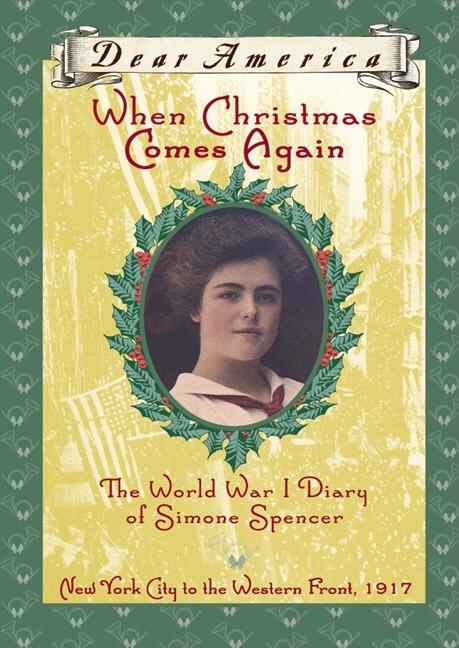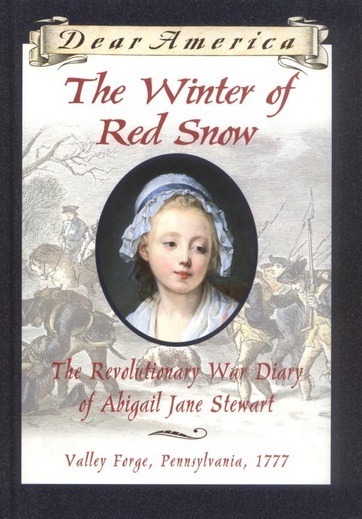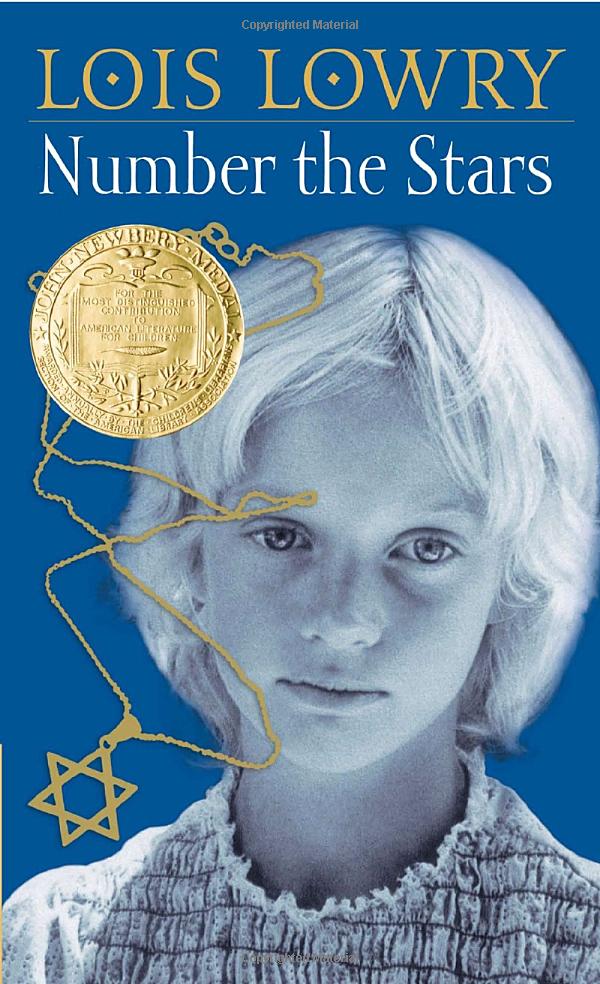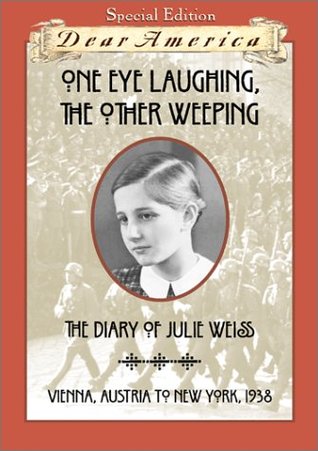When Christmas Comes Again
When Christmas Comes Again I’ve mentioned before how much I love the Dear America series. Well, it’s equally true that I shouldn’t be allowed to… Read More »When Christmas Comes Again
When Christmas Comes Again I’ve mentioned before how much I love the Dear America series. Well, it’s equally true that I shouldn’t be allowed to… Read More »When Christmas Comes Again
The Winter of Red Snow Valley Forge, Pennsylvania, 1777 This is the first Dear America book I ever read, and the descriptions of the… Read More »The Winter of Red Snow
Number the Stars Summary: Ten-year-old Annemarie Johansen lives in Nazi-occupied Denmark. She knows what a world is like with soldiers on every street corner. And… Read More »Number the Stars
One Eye Laughing, the Other Weeping The second book featured in the History Series. One Eye Laughing, the Other Weeping, a Dear America diary by Barry Denenberg. Summary: Julie Weiss… Read More »One Eye Laughing, the Other Weeping



